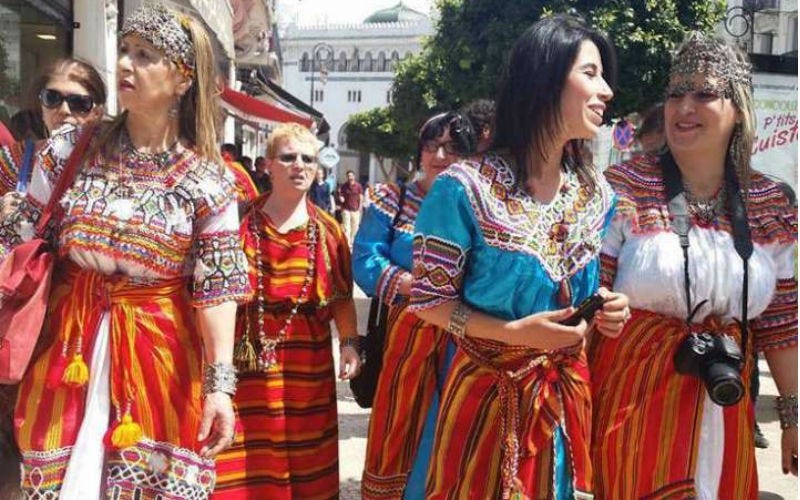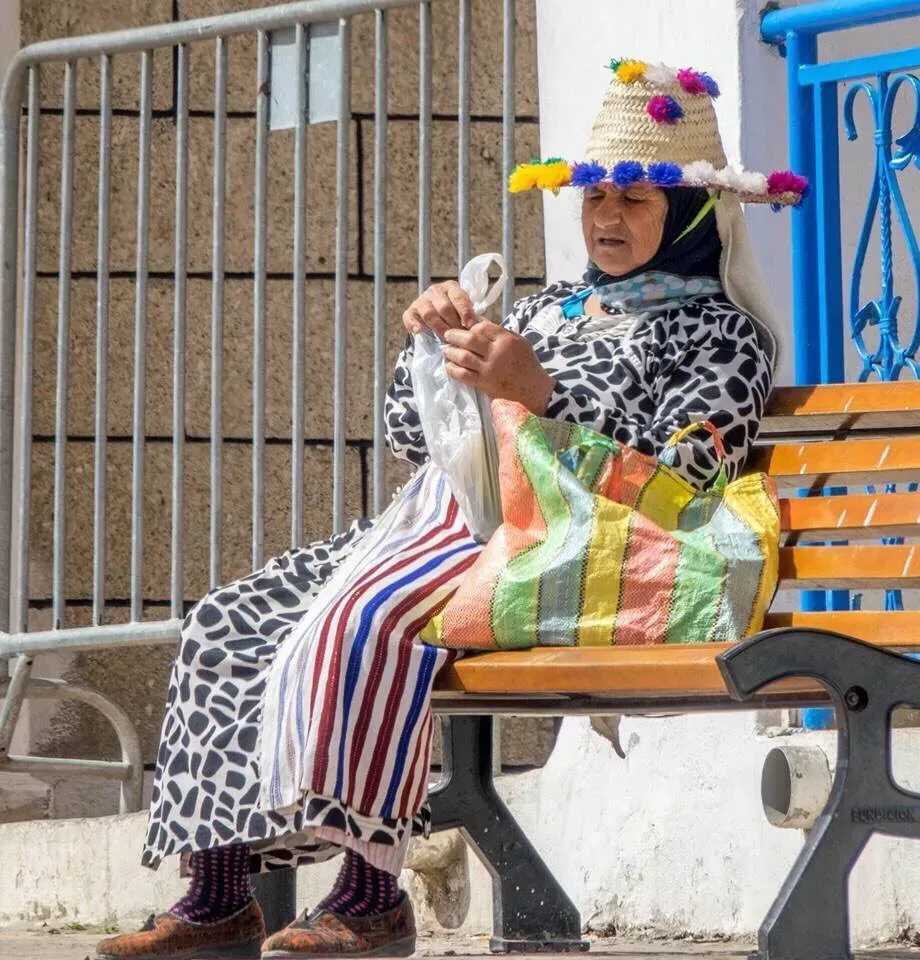Amazigh, also known as Berber, is a fascinating and rich cultural and linguistic group that has deep historical roots in North Africa. The term “Amazigh” translates to “free people” or “noble ones,” reflecting the resilient and proud nature of this ethnic group. Spread across several countries in North Africa, including Morocco, Algeria, Tunisia, Libya, Mali, Niger, and Burkina Faso, the Amazigh people have a unique and diverse cultural heritage that sets them apart.
Linguistic Diversity:
One of the most distinctive features of the Amazigh people is their linguistic diversity. The Amazigh language, Tamazight, is a branch of the Afro-Asiatic language family and has several dialects, each with its own unique characteristics. These dialects can vary significantly between regions, leading to a rich tapestry of linguistic expression within the Amazigh community.
The Amazigh script, Tifinagh, is a traditional writing system that has been used for centuries. Its characters are distinctive and have a deep historical significance, serving as a symbol of Amazigh identity. Efforts to promote and preserve the Amazigh language and script have gained momentum in recent years, with increased recognition and support for linguistic diversity.
Cultural Heritage:
The Amazigh people have a vibrant cultural heritage that encompasses various aspects of life, including art, music, dance, and folklore. Traditional Amazigh music, characterized by rhythmic drumming and distinctive melodies, often tells stories of the community’s history, struggles, and triumphs. The use of traditional instruments, such as the bendir and the imzad, adds a unique flavor to Amazigh musical expressions.
Amazigh art is often vibrant and colorful, with intricate geometric patterns and symbols that carry deep cultural meanings. Carpets and textiles adorned with these patterns are highly prized, showcasing the artistic prowess of Amazigh craftsmen. Additionally, the Amazigh people have a rich tradition of oral storytelling, passing down their history and cultural values through generations.

Historical Significance:
The history of the Amazigh people is deeply intertwined with the broader history of North Africa. They are believed to be one of the indigenous peoples of the region, with a history that predates the Arab and European influences that have shaped the area over the centuries. The Amazigh have faced various challenges and conquests throughout history, yet their cultural resilience has allowed them to preserve their identity.
The Arabization and Islamization of North Africa in the medieval period brought significant changes to the Amazigh community. While many Amazigh embraced Islam, they also retained elements of their pre-Islamic cultural practices, creating a unique blend of traditions that continues to define the community today.
Contemporary Issues:
In modern times, the Amazigh people have faced challenges related to identity, recognition, and representation. Historically marginalized, efforts to promote Amazigh cultural rights have gained momentum in recent decades. Advocacy for the recognition of Tamazight as an official language, the inclusion of Amazigh history in educational curricula, and the celebration of Amazigh cultural festivals have all contributed to a greater awareness and appreciation of the community’s contributions.
While progress has been made, there is still work to be done to ensure that the Amazigh people enjoy full cultural and linguistic rights. Struggles for land rights, political representation, and cultural preservation persist in various regions where the Amazigh live. However, the resilience and determination of the Amazigh community continue to shape a narrative of strength and endurance.
Cultural Festivals and Celebrations:
One of the ways in which the Amazigh people celebrate their heritage is through cultural festivals and events. These gatherings provide a platform for showcasing traditional music, dance, art, and cuisine. The Festival of Amazigh Culture (known as Timitar) in Morocco, for example, attracts performers and visitors from around the world, creating a space for cultural exchange and appreciation.
Amazigh Women:
The role of Amazigh women is crucial in preserving and transmitting cultural traditions. Amazigh society has a history of matrilineal descent, and women often play key roles in family and community dynamics. In recent years, there has been a growing recognition of the contributions of Amazigh women to various fields, including literature, art, and activism.
Tourism and Cultural Preservation:
The unique cultural heritage of the Amazigh people has also become a draw for tourists interested in experiencing the authenticity of North African traditions. Local communities have embraced responsible tourism as a means of economic empowerment, providing visitors with the opportunity to engage with Amazigh culture firsthand. This, in turn, contributes to the preservation of traditional practices and encourages the continuation of cultural traditions.
Conclusion:
In conclusion, the Amazigh people represent a vibrant and resilient cultural group with a rich history and diverse traditions. From their linguistic diversity to their unique art forms, the Amazigh have made significant contributions to the cultural mosaic of North Africa. While facing historical challenges, the Amazigh community continues to assert its identity, striving for recognition, representation, and the preservation of its cultural heritage. As efforts to promote Amazigh rights and visibility persist, the world is increasingly becoming aware of the invaluable contributions of the “free people” of North Africa.






